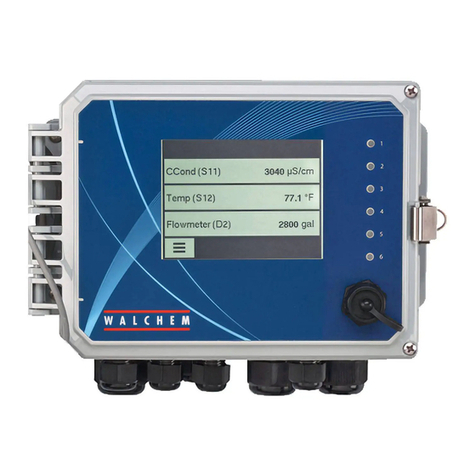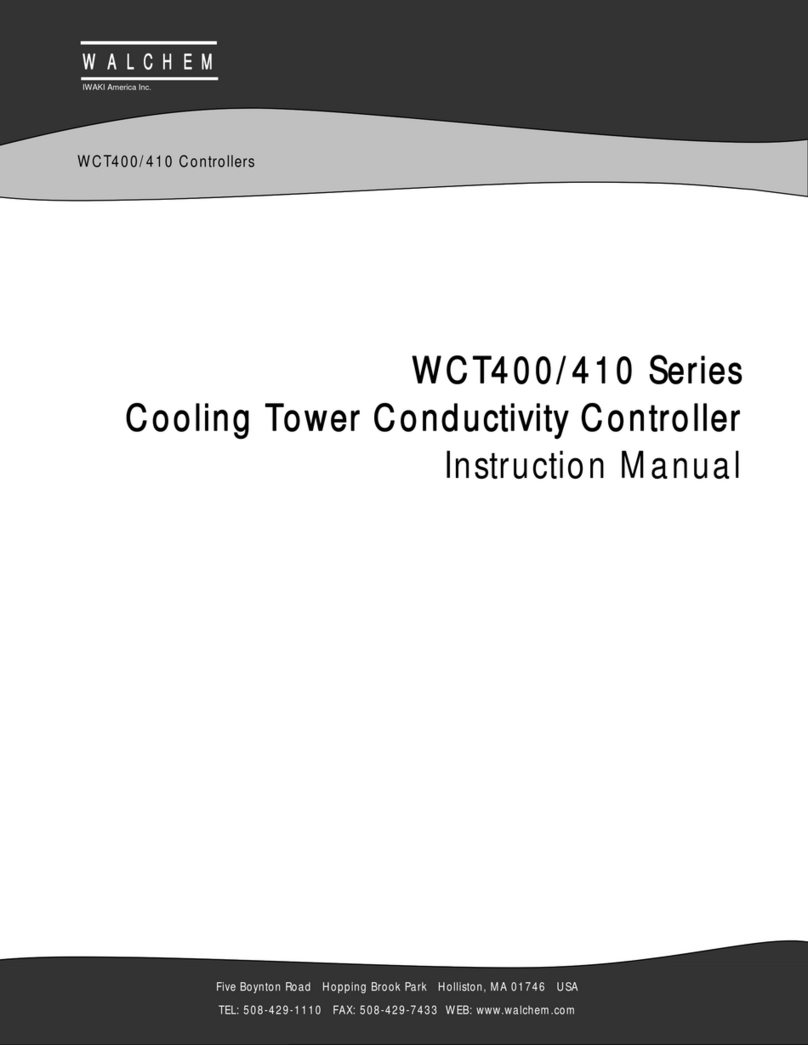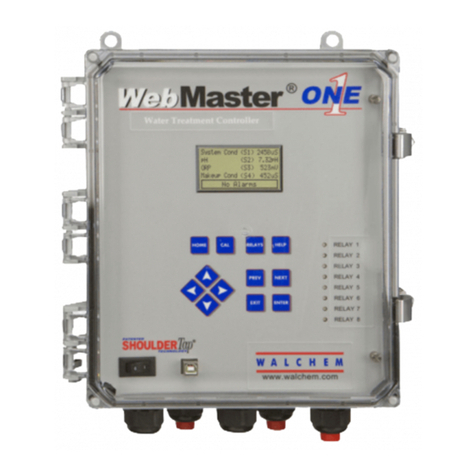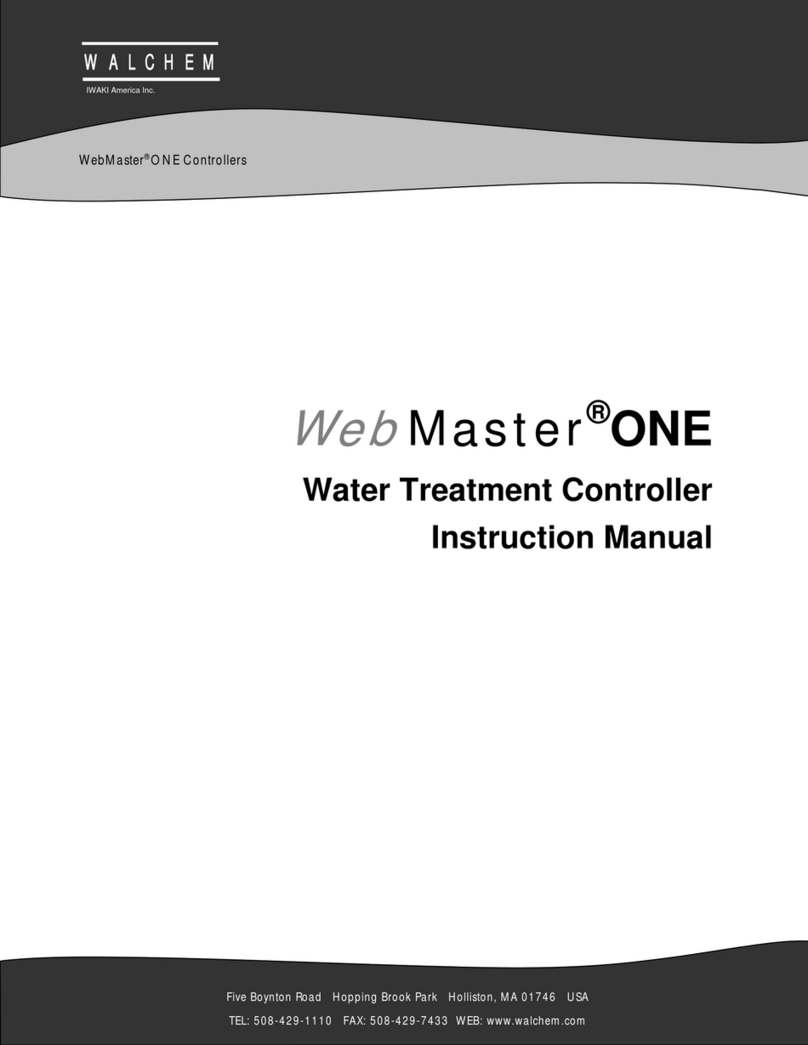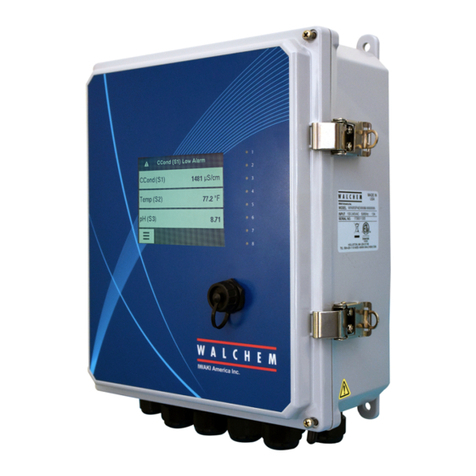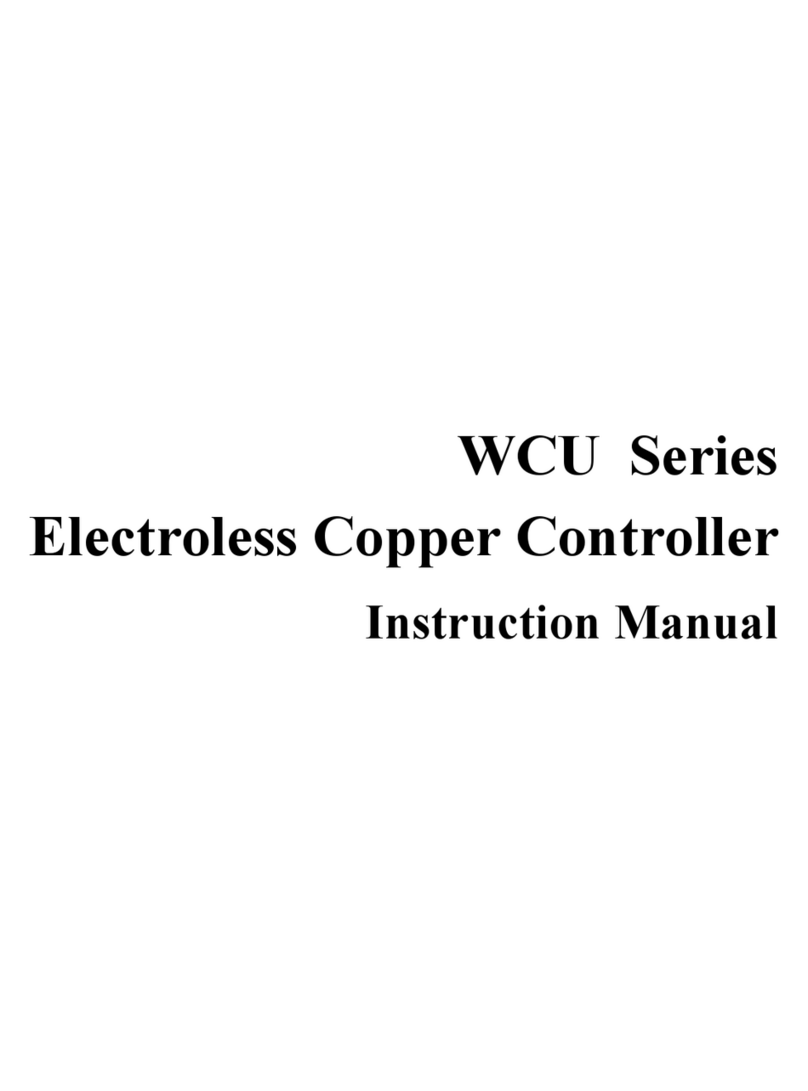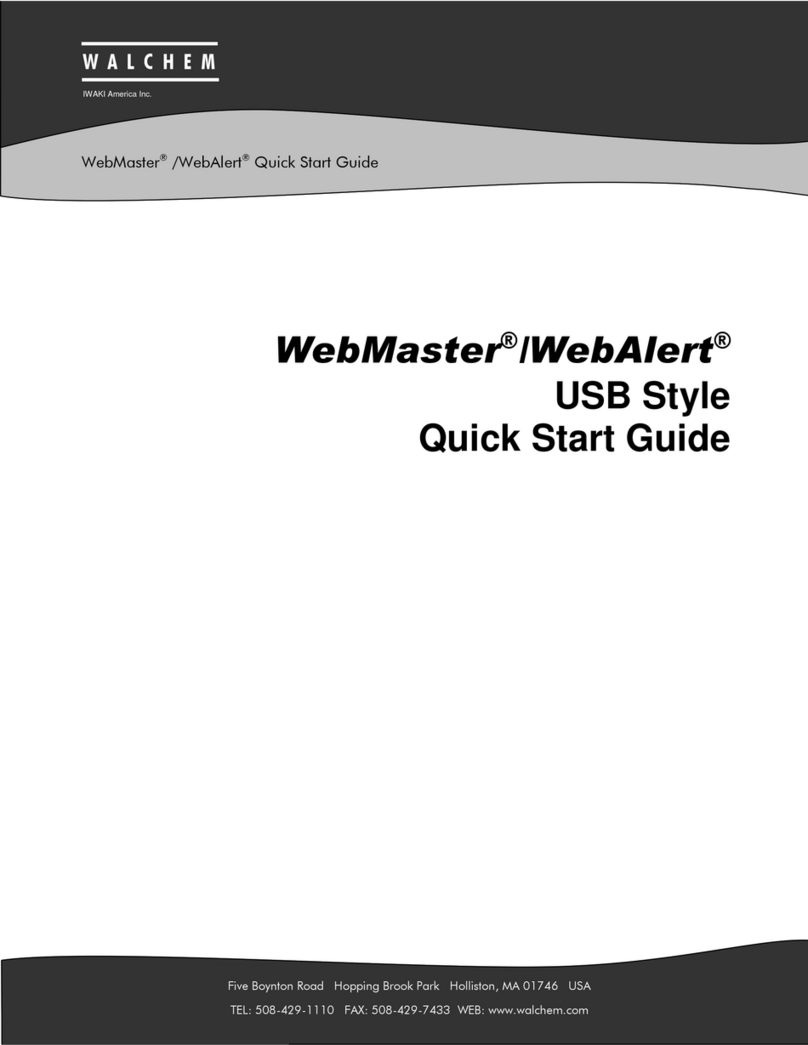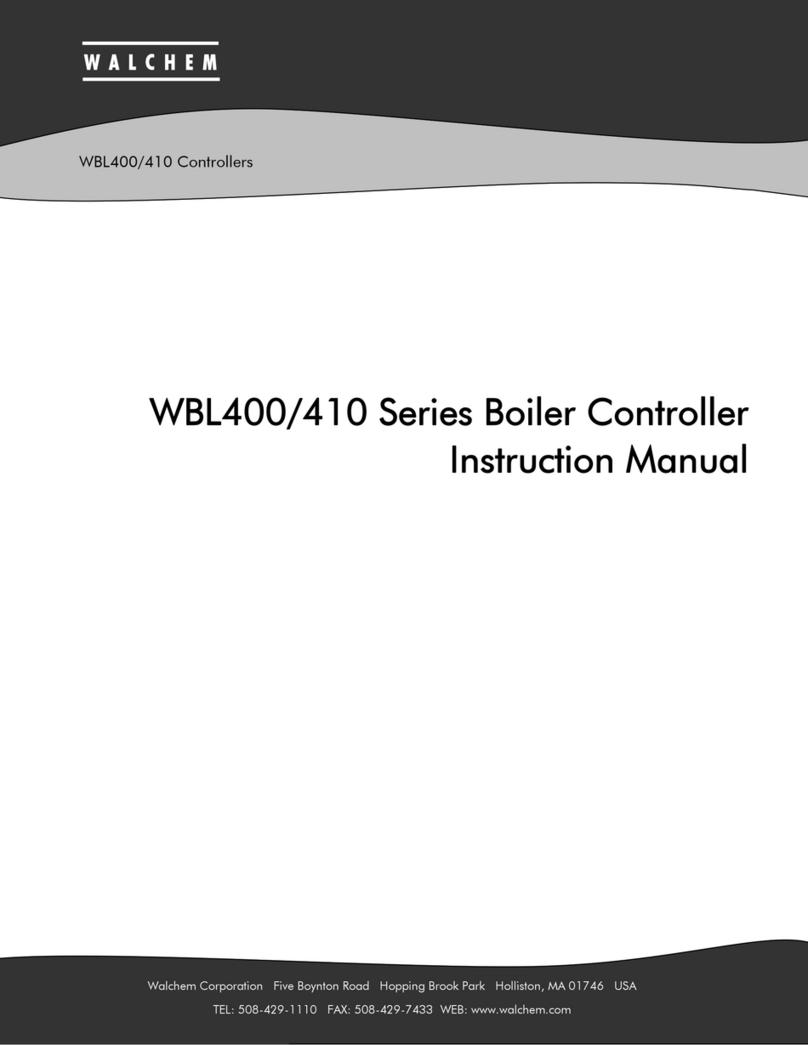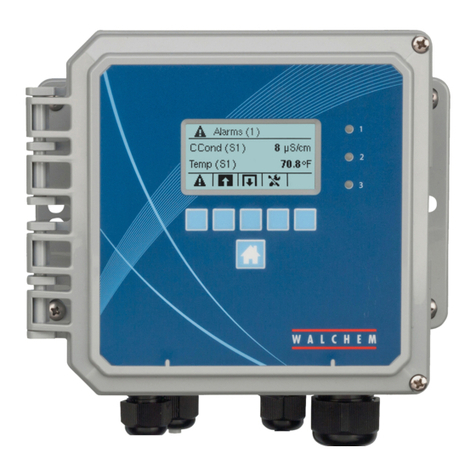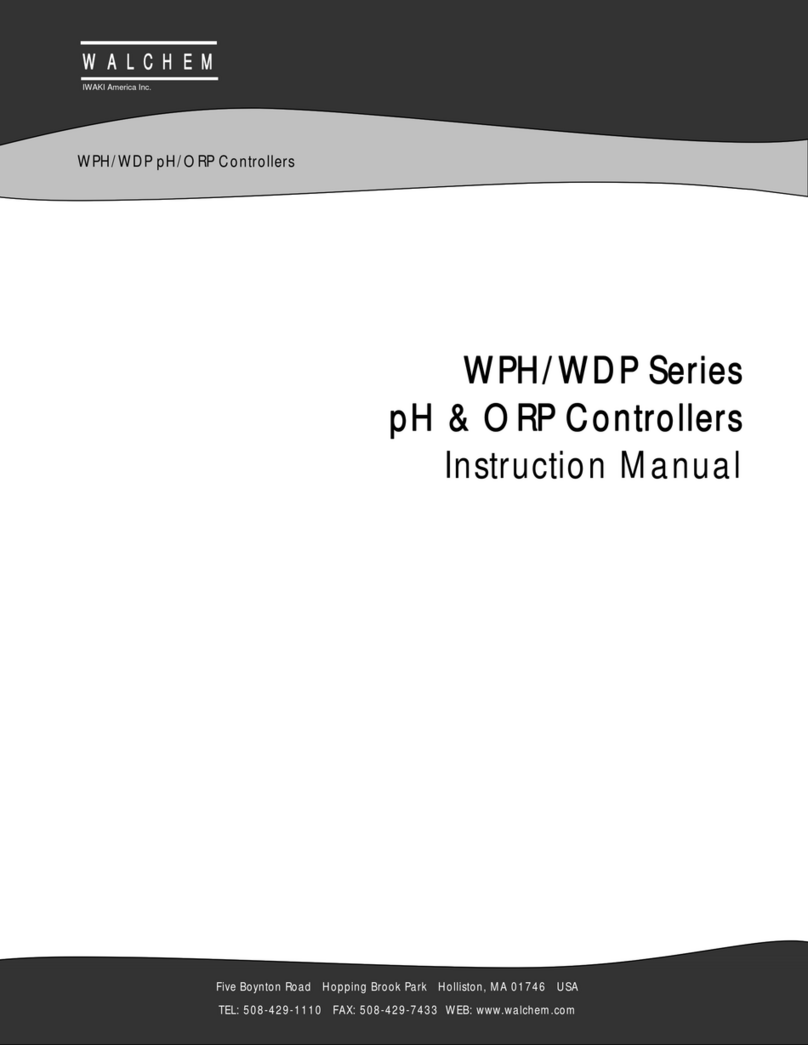
Table of Contents
1.0 INTRODUCTION.....................................................................................................................1
2.0 SPECIFICATIONS..................................................................................................................2
2.1 Measurement Performance.................................................................................................2
2.2 Electrical: Input/Output........................................................................................................2
2.3 Mechanical..........................................................................................................................2
2.4 WDT Variables and their Limits...........................................................................................3
3.0 UNPACKING & INSTALLATION.............................................................................................4
3.1 Unpacking the unit...............................................................................................................4
3.2 Mounting the electronic enclosure.......................................................................................4
3.3 Installation...........................................................................................................................4
3.4 Icon Definitions....................................................................................................................6
3.5 Electrical installation............................................................................................................6
4.0 FUNCTION OVERVIEW ....................................................................................................... 10
4.1 Front Panel........................................................................................................................ 10
4.2 Display .............................................................................................................................. 10
4.3 Keypad..............................................................................................................................11
4.4 Access Code.....................................................................................................................11
4.5 Startup...............................................................................................................................11
4.6 Shut Down.........................................................................................................................11
5.0 OPERATION......................................................................................................................... 12
5.1 Main Menu ........................................................................................................................ 12
5.2 Conductivity (A or B) Menu ............................................................................................... 14
5.3 Temperature (A or B) Menu .............................................................................................. 16
5.4 Bleed (A or B) Menu..........................................................................................................17
5.5 Feed (A or B) Menu...........................................................................................................18
5.6 WM1 and WM2 Menu........................................................................................................20
5.7 Alarm (A or B) Menu.......................................................................................................... 21
5.8 Time Menu ........................................................................................................................22
5.9 4-20mA (A or B) Menu ...................................................................................................... 23
5.10 Access Code Menu........................................................................................................... 24
5.11 Datalog Menu.................................................................................................................... 25
5.12 Config Menu...................................................................................................................... 26
5.13 Upgrade Menu ..................................................................................................................27
6.0 MAINTENANCE....................................................................................................................28
6.1 Electrode Cleaning............................................................................................................28
6.2 Replacing the Fuses..........................................................................................................29
7.0 TROUBLESHOOTING..........................................................................................................29
7.1 Error Messages.................................................................................................................29
7.2 Conductivity Readout Does Not Change...........................................................................31
7.3 Procedure for evaluation of the conductivity electrode.....................................................31
7.4 Procedure for checking relay outputs................................................................................ 32
8.0 SERVICE POLICY................................................................................................................32
